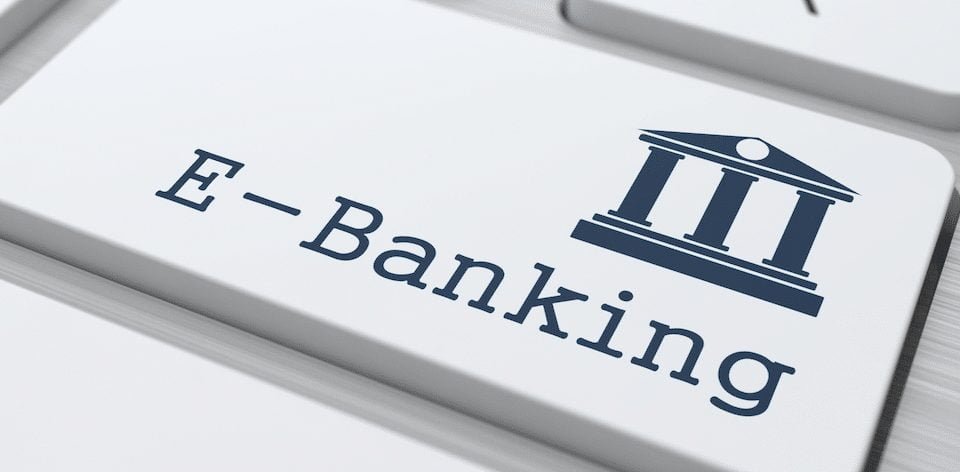5 advantages of technology in electronic banking
To stay updated in today’s fast-paced world, every industry is changing the way they used to do things. They are openly embracing new technologies so that they can compete with others at the same level. Communications are being transformed from seconds to milliseconds and videos are being transmitted in less than microseconds. Hence, banking systems are also evolving. Such is a concept of electronic banking that has influenced a lot of banks and is expanding day by day.
Electronic banking basically means using computers to transfer, withdraw or deposit cash at anytime, anywhere. To provide these service 24/7 without a glitch, e-banking requires ICT (information and communication technology). By adopting different approaches a bank can fulfil customers changing demands with the changing times. Organization need to be able to quickly respond to customers’ demands in real time and provide them with instant services and solutions. We will be discussing 5 basic advantages through which technology has affected e-banking.
- Mobile Apps: Gone are the days that whenever we used to inquire about bank balance, make transactions, check bank statements we had to visit an ATM. By the introduction of mobile apps of every bank, we can do all those things easily from our phones. Client just needs to access their account via a unique customer code assigned to them and the details would appear in front of them. Mobile Apps are becoming so popular that number of people who use ATMs are decreasing everyday as it is more convenient and easy to use.
- Services offered by Call Centres: If a customer is having some technical difficulty, they can always call the Call Centres for assistance from the experts sitting on the other end rather than visiting the bank itself. Studies have shown that these types of services provided for the benefit of the customers will decrease the overall operational cost of the banks and the number of walk in customers for the troubleshooting issues in the bank would decrease too.
- Internet Banking: Services provided by internet banking have made it easier for the customers to access their data online. They can do bank transfer from any computer connected to internet. Security is kept intact by giving a customer code and a password to each customer. Internet is the main source of media marketing these days, banks can also benefit from using various platforms to get some clients through internet by offering different services. Although there are certain setbacks to the internet like lack in privacy, which is the main concern of every bank. The customers need to trust that their data is safe within the bank and no other unauthorized person can access it. The bank needs to take measures to build that trust via adopting new technologies and hiring expertise to deal with the issue.
- Home Banking: A special software is installed on the client’s computers through which they can access their bank account which is directly being accessed to the bank’s servers. A device called electronic signature gives the client the password for every time they want to access their account. This improves the overall security of the banking services being provided. One of the main advantage of home banking is that the customer can access their account without considering banks availability.
- Phone Banking: The customer is directed through a dedicated phone line through which they can approach their bank account. A password is given to the customer and a special personal code which is only known to the customer. Once they clear the security levels, they are allowed to retrieve data. Reliable source of banking and a convenient method for the customers as it saves time.
Author Bio: This article was written by Leo Smith, who is a computer scientist by profession, who enjoy reading and writing blogs on Do My Homework Cheap in his free time.





Leave a Reply